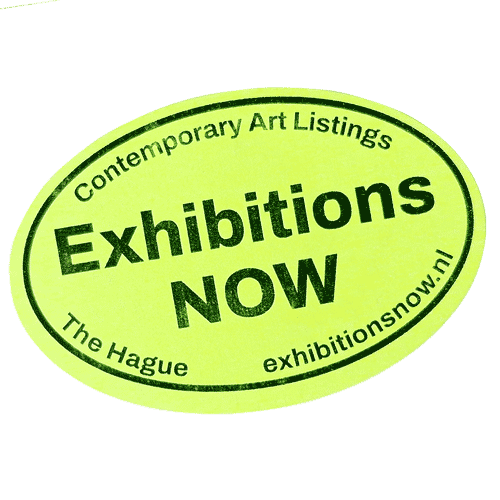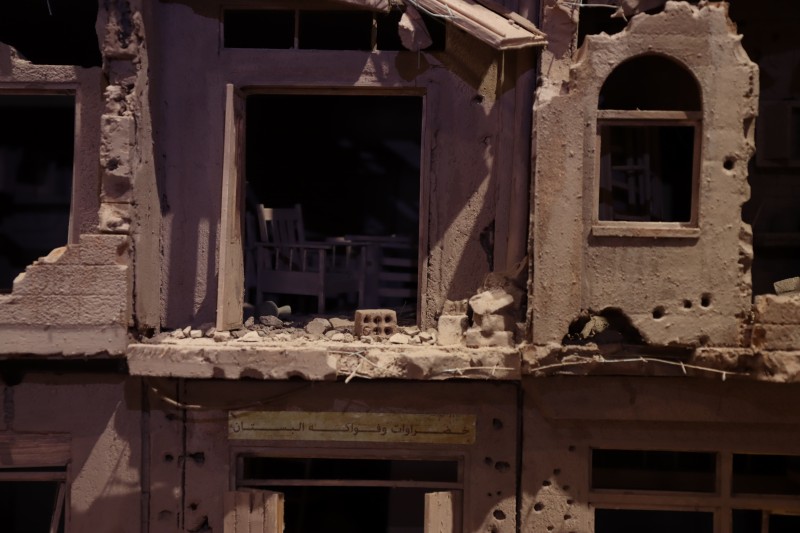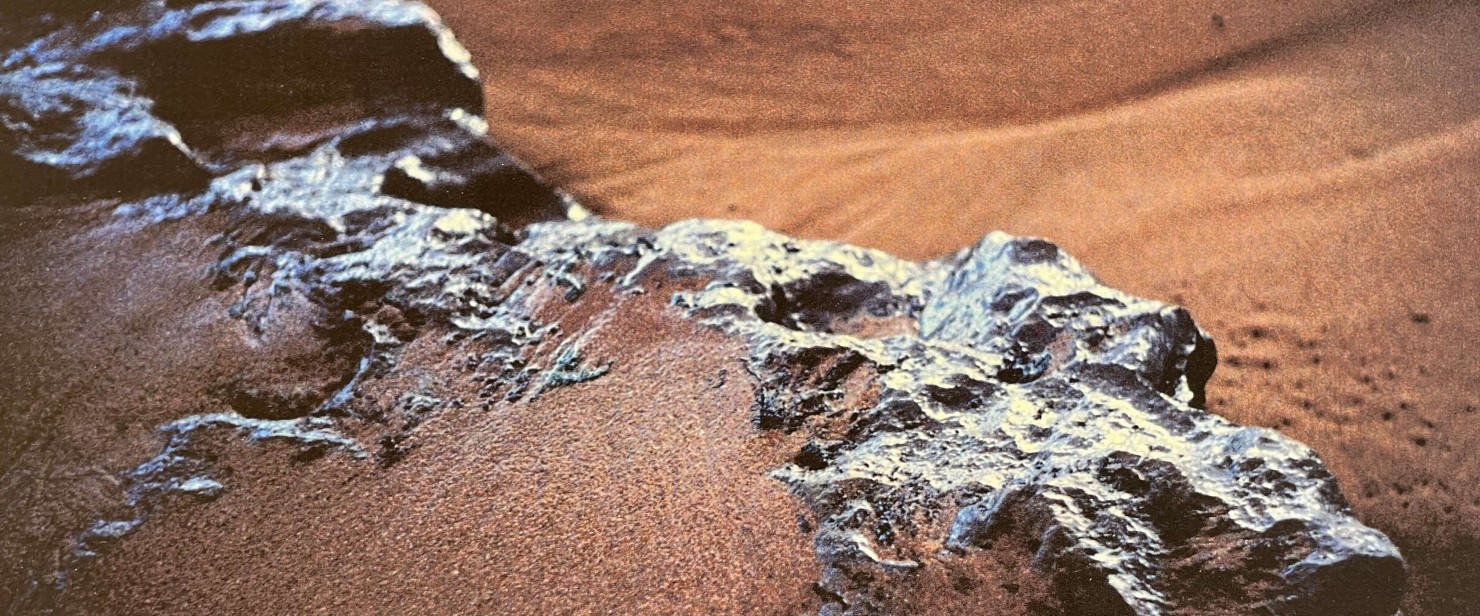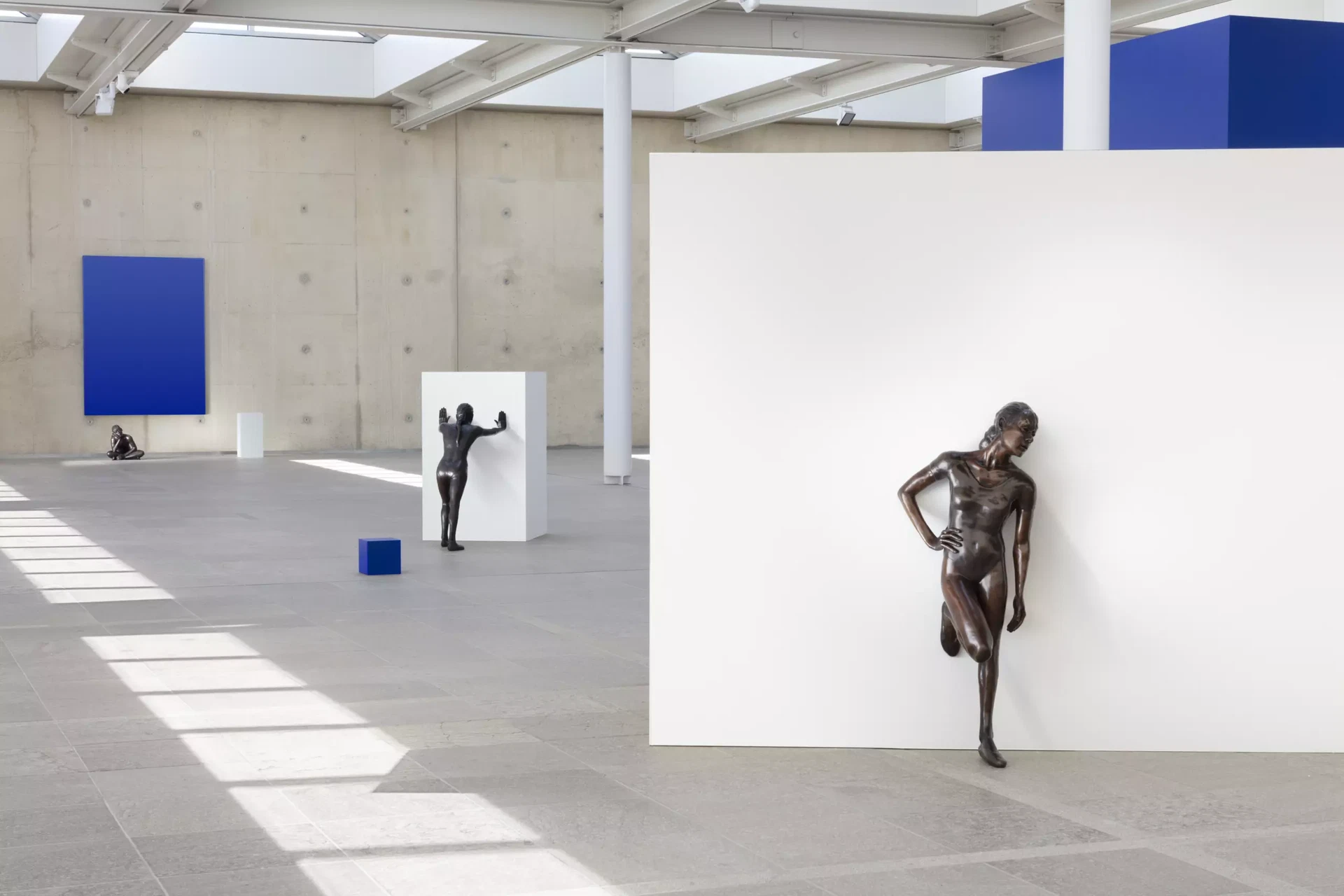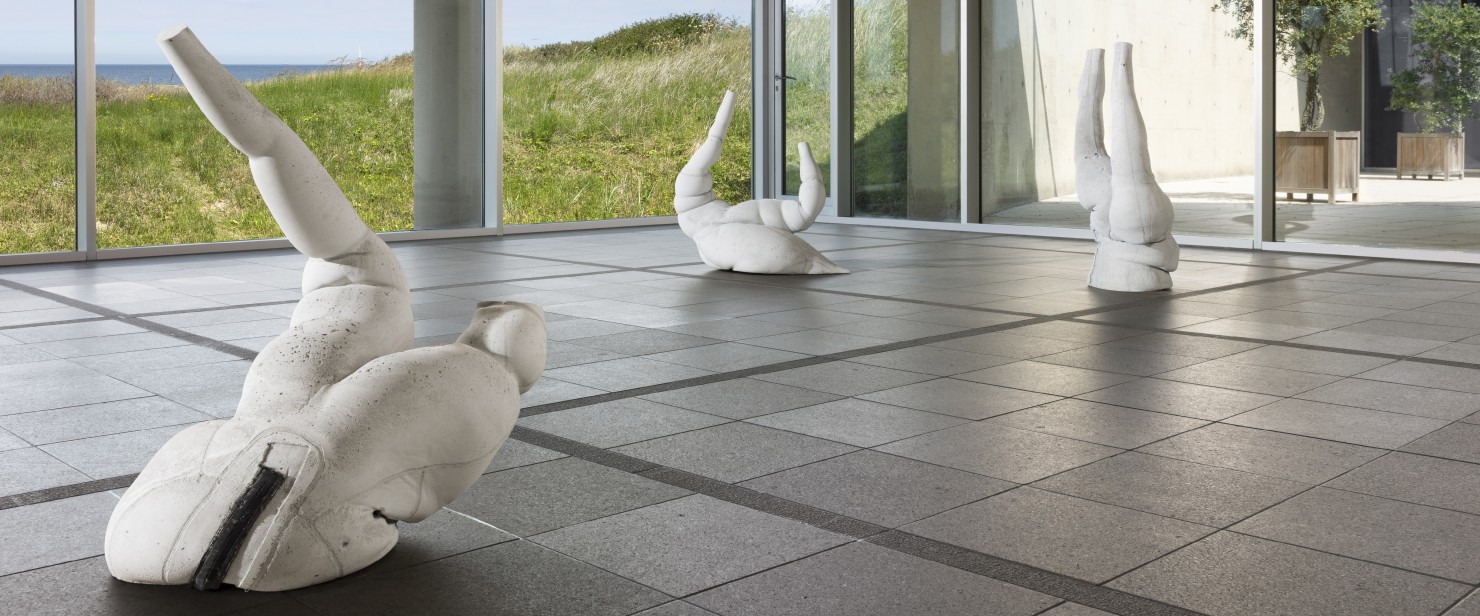Photographer and graphic designer Arno Hammacher (1927–2017) was the son of art historian Abraham Hammacher (1897–2002), director of the Kröller-Müller Museum from 1947 to 1963. Arno left his entire estate to Museum Beelden aan Zee. In 2017, the museum received various works of art, the archive, and the contents of his estate.
Arno Hammacher worked and lived in Italy for a long time, moving to Milan in 1957. He trained at the predecessor of the Rietveld Academy, the Institute for Applied Arts Education in Amsterdam and the Royal Academy in The Hague, where he graduated in photography and graphic design in 1952. In the mid-fifties, he undertook study trips to Sicily, Calabria, and Sardinia. Before leaving for Milan, Hammacher worked at the Lettergieterij Amsterdam and studied for several years in London, where he became friends with the sculptor Barbara Hepworth. He introduced Hepworth to his father. In 1962, Arno Hammacher traveled around the United States. In the late 1970s, he was a guest lecturer at his own Rietveld.
Arno Hammacher has organized dozens of exhibitions in Italy. He also created photo reports for magazines, books, and catalogs and was responsible for their design. He exhibited his photographic work in galleries and museums. Recurring themes in his work are architecture, sculpture, and nature. In 2008, the Museo della Scienza e della Tecnologia “Leonardo da Vinci,” in collaboration with the Archivio di Stato di Milano, organized the successful retrospective exhibition Il punto di vista di Arno.
The archive contains various materials: personal documents, photographic material, documentation of Arno Hammacher’s work, and artworks made by him. The archive is of general art-historical importance. The emphasis is on the Italian art world of the 1970s and 1980s, but material from the artist’s entire working life is present. His political left-wing signature is striking. He filmed and photographed during the Carnation Revolution in Portugal and worked in Cuba. As an artist, he was not only politically engaged but also fascinated by details in nature.
This intimate exhibition has been organized to do justice to his legacy and to keep his name alive as an artist. Sketches, finished works, and works by other artists are displayed together, revealing Arno Hammacher’s broad and cultivated taste. In his photographic work, he was fascinated by the abstraction of enlarged details, a way of conveying his broad cultural and artistic vision to the viewer.
